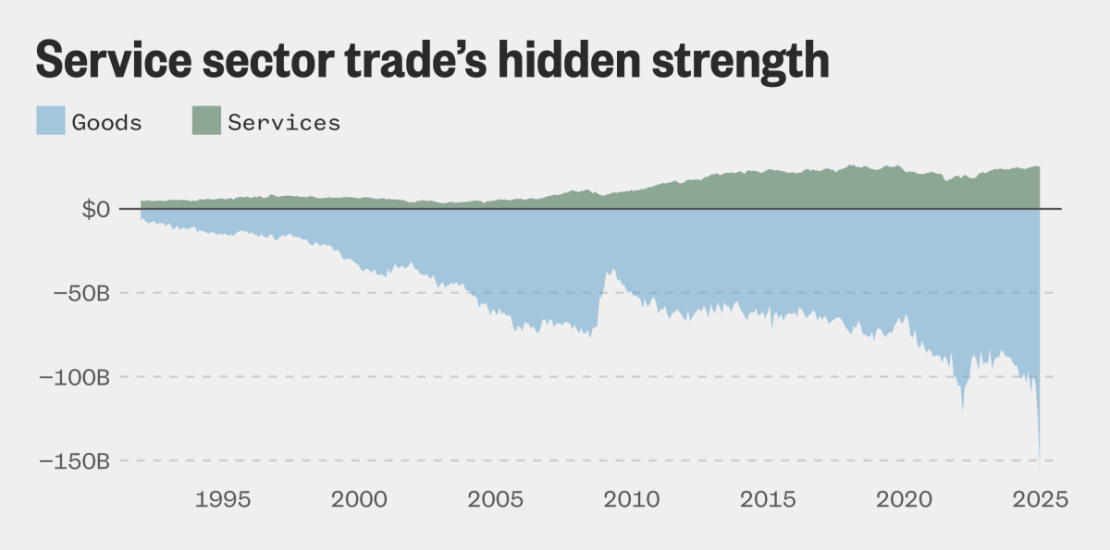- April 5, 2025
- Posted by: Regent Harbor Team
- Category: Global Economy

Contents
Reskilling the Workforce: A Lengthy Endeavour
As much as one would hope for instant results, reshaping the workforce and enhancing infrastructure is no small feat. According to the Bureau of Labor Statistics, formal trade apprenticeships typically demand a commitment of four years. Meanwhile, the construction of semiconductor fabrication plants, as estimated by Intel, necessitates a timeline of three to four years. Certainly, this is not an overnight affair.
The Misleading Trojan Horse of Political Uncertainty
A significant challenge rests in policy inconsistency. Companies often face the dilemma of investing with the knowledge that trade policies could abruptly shift. Richard Mansfield, an economist at the University of Colorado Boulder, wisely notes that firms hesitate to hire and train unless confident in the permanence of tariffs.
Without this assurance, rather than investing locally, companies might either raise their prices or pivot to alternative suppliers, such as Vietnam or Chile. A similar pattern emerged during Trump’s first term, where many shifted production to Mexico.
Economic Implications of Tariff Shocks
Dennis Hoffman from Arizona State University points out the inherent flaw in tariff strategies, candidly stating that they "hurt consumers across the entire United States." The tangible impact on everyday individuals cannot be overlooked.
America’s Unseen Strength: The Service Sector
While the discourse around production and tariffs often overshadows it, America shines brightly in the arena of services. In fact, the nation boasts a robust $25.2 billion surplus in services, starkly contrasting its $156.7 billion goods deficit. This substantial advantage stems from exports in business, travel, and intellectual property. Indeed, the Census Bureau recognises this often obscured strength.
Reshaping an economy demands patience, careful policy crafting, and an appreciation of both goods and services. With strategic investments and understanding the nuanced strengths of the U.S. economy, perhaps a balanced path forward can be achieved. As we’ve seen, it’s a journey mixed with both challenges and opportunities.
